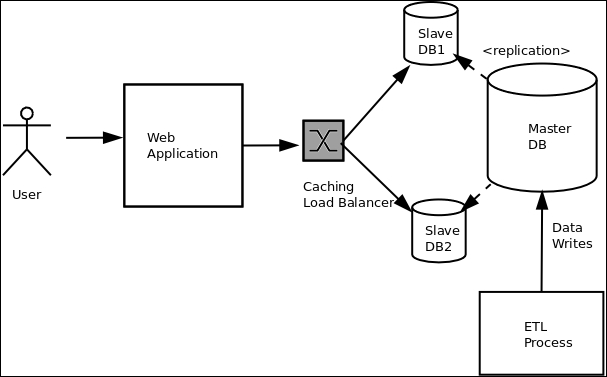 Software architecture encompasses a wide range of design patterns, styles, and approaches, each tailored to address specific requirements and constraints of a software system. Here are some examples of common software architectures:
Software architecture encompasses a wide range of design patterns, styles, and approaches, each tailored to address specific requirements and constraints of a software system. Here are some examples of common software architectures:
Monolithic Architecture:
Client-Server Architecture:
Service-Oriented Architecture (SOA):
Microservices Architecture:
Event-Driven Architecture (EDA):
Layered Architecture:
Component-Based Architecture:
These are just a few examples of software architectures, and many real-world systems may use a combination of architectural styles and patterns to meet their specific requirements and constraints. The choice of architecture depends on factors such as the nature of the application, scalability requirements, performance considerations, and development team preferences.
Thank you,
